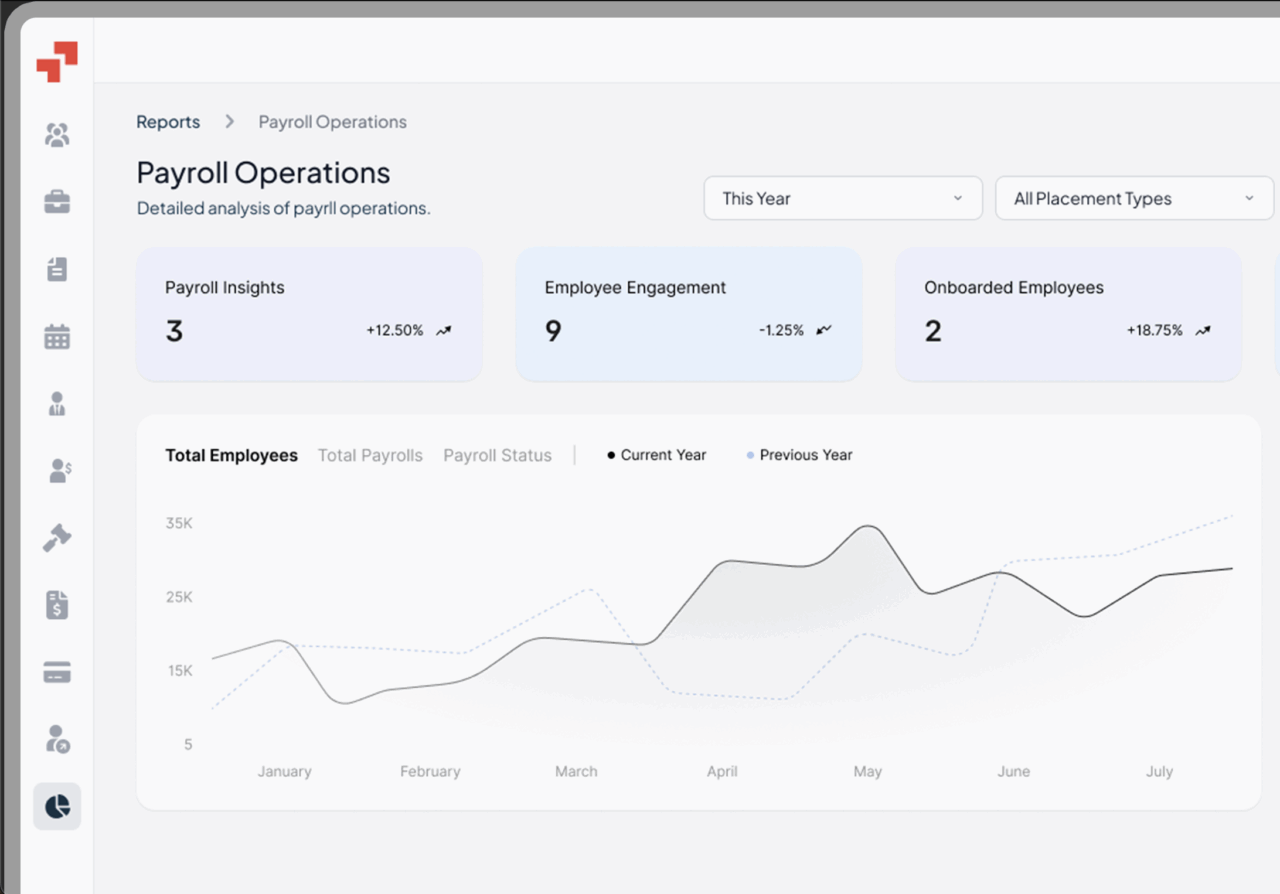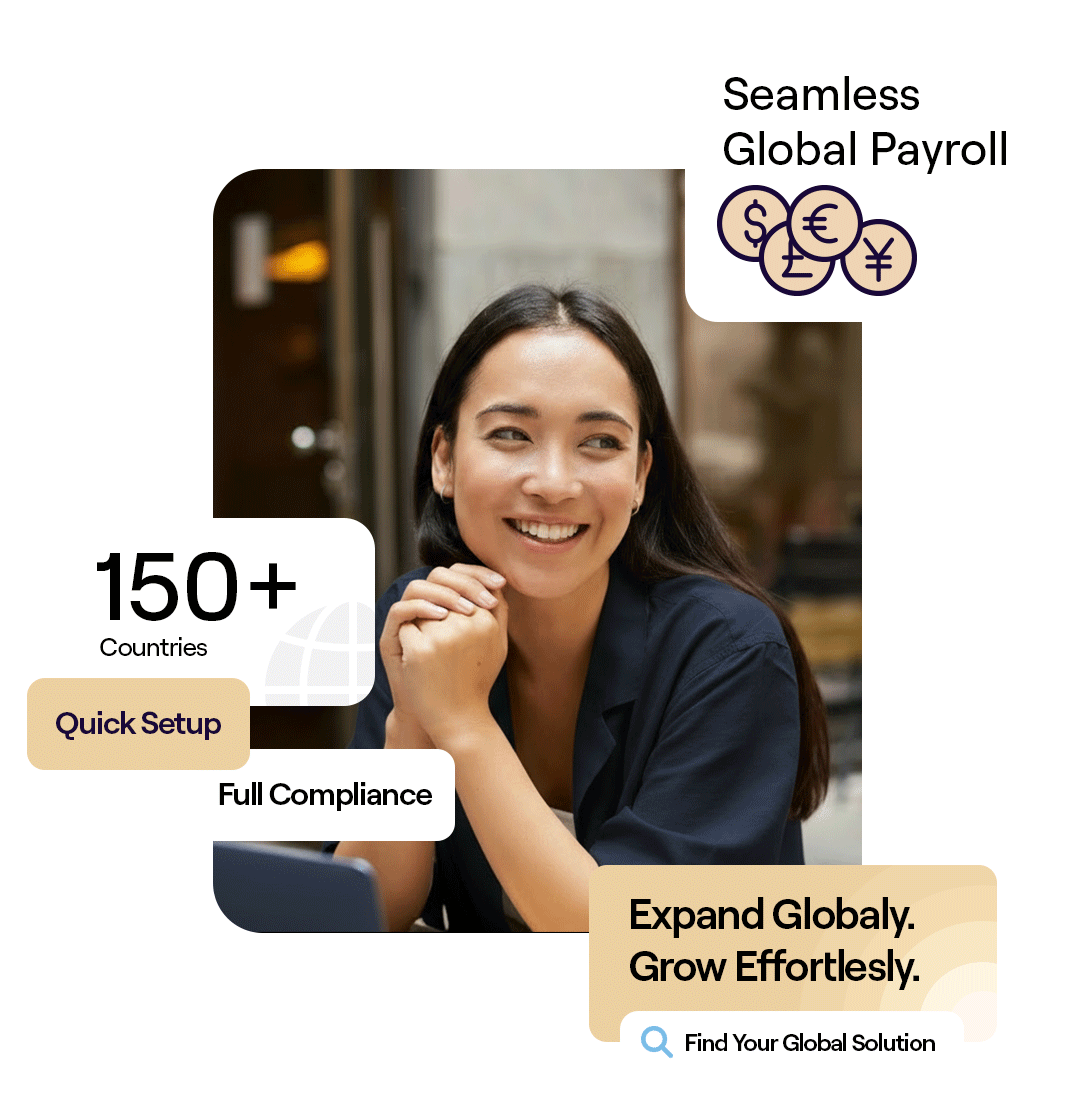Global Workforce GlossaryVisa Sponsorship
Related Terms
Work Visa
H-1B Visa
L-1 Visa
PERM Labor Certification
Immigration Consultant
What is Visa Sponsorship?
Visa sponsorship refers to the process where an employer or individual takes legal responsibility for a foreign national’s entry and stay in a country; this is a crucial aspect of the visa sponsorship process. Each country’s immigration laws set specific visa requirements and procedures for sponsors and applicants, shaping how visa sponsorships are managed and approved.
The purpose of visa sponsorship is to enable foreign nationals to work, study, or live in a country, and it involves compliance with immigration laws and regulations. Sponsors and visa holders must also adhere to local laws and local regulations throughout the duration of the visa.
Visa sponsorship is essential for employment-based immigrant visas, as it allows employers to provide employment based sponsorship for foreign nationals seeking an employment based visa. Many work visas require employer sponsorship, especially for skilled workers and those applying for specialized occupation visas.
The visa sponsorship process can be complex, and it’s essential to understand the different visa categories and requirements. The visa application process involves submitting visa applications, undergoing visa processing, and ultimately receiving visa issuance. Visa sponsorships and visa sponsorship sponsoring involve significant paperwork and legal compliance at every stage. The outcome for the applicant is the foreign national’s visa status as a visa holder, which determines their legal right to stay and work or study in the country.
Table of Contents
- What is co-employment?
- What are co-employment laws?
- Why is co-employment a risk?
- What are co-employment rules
- Co-employment do’s and don’ts
- How does co-employment work?
- What is the difference between co-employment and joint employment?
- Co-employment vs PEO
- Co-employment vs employee leasing
- Is co-op considered a full-time employee?
- Is it illegal to work for two jobs in the same industry?
- Co-employment examples
- Practical Case Study Example
- PamGro and Co-employment: Your Global Partner
Which Types of Visas Require Sponsorship?
Sponsorship is mandatory for many visa categories, including:
- Work visas (e.g., H-1B in the US, Skilled Worker Visa in the UK)
- Student visas (when tied to academic institutions)
- Dependent visas (for spouses or family members; a U.S. citizen or green card holder (permanent resident) can sponsor a sponsored family member for an immigrant visa)
- Permanent residency (in some cases, through employer or family sponsorship by citizens or permanent residents)
Most work visas require employer sponsorship and have specific visa requirements that must be met.
Some countries offer self-sponsorship options in exceptional cases — for example, certain US visa types for individuals with extraordinary ability or exceptional skills.
Visas That Typically Don’t Require Sponsorship
- Visitor or tourist visas
- Business visas
- Entrepreneur visas
- Investor visas
Who’s Eligible to Sponsor a Visa?
Eligibility to sponsor a visa depends on meeting the specific visa requirements for supporting a foreign national’s application. Individuals or organizations can usually sponsor a visa if they meet the following conditions:
- Have a legal presence in the country (registered entity or citizenship)
- Maintain a clean compliance record (no immigration or labor violations)
- Demonstrate sufficient financial means, assume financial responsibility, and provide financial sponsorship to support the foreign national’s stay
- Can prove a legitimate relationship or employment offer with the applicant
Employers must also demonstrate they can fulfill the legal and financial obligations tied to the sponsored role.
How Visa Sponsorship Benefits a Company?
Visa sponsorship enables companies to access and retain global talent beyond local hiring limits. By sponsoring foreign professionals, businesses can fill critical skill gaps, expand their global capabilities, and strengthen their workforce diversity.
Key advantages for employers include:
- Access to Global ExpertiseVisa sponsorship allows companies to hire candidates with specialized skills or international experience that may be scarce in local markets. Companies often sponsor work visas for skilled workers and those in specialized occupation visas, enabling access to advanced technical, niche, or leadership talent. This enhances innovation and competitiveness, especially in sectors like tech, finance, and life sciences.
- Workforce Diversity & InnovationRecruiting from multiple geographies introduces diverse perspectives, problem-solving styles, and cultural understanding — all of which drive creativity and business growth.
- Flexibility in Employment ModelsDifferent visa categories offer flexibility — from temporary work visas for short-term projects to permanent residency sponsorships like the U.S. Green Card for long-term hires. Certain visas even allow employees to travel across regions for cross-border collaboration.
- Improved Employee Experience & RetentionCompanies that handle visa sponsorship efficiently demonstrate long-term commitment to their employees. Supporting relocation, dependent visas, or remote work arrangements builds loyalty and reduces turnover among global hires. Maintaining the employee’s visa status is crucial for long-term retention and legal compliance.
- Global Market InsightHiring internationally gives companies firsthand insights into new markets, customer preferences, and local business environments — a major advantage during global expansion.
How to sponsor an employee’s visa?
While the process varies by country, it typically follows these steps and involves a multi-stage visa application process, including visa processing and visa issuance:
- Permission & Labor Certification – The sponsoring employer may need approval from labor authorities to prove that no local workers are available for the role (a “labor market test” or “labor certification”).
- Job Offer & Eligibility Verification – Confirm the candidate meets visa criteria, such as qualifications or specialized skills.
- Filing a Petition – The employer submits sponsorship documentation and employment contracts to immigration authorities. This is a key part of employment based sponsorship for employment based visas.
- Visa Application – The sponsored individual applies at their local embassy or consulate, often submitting extensive visa applications and supporting documents like a sponsorship letter.
- Compliance Maintenance – Once approved, employers must adhere to visa terms — including salary thresholds, job roles, and reporting requirements. After successful visa processing and approval, visa issuance allows the sponsored employee to enter and work in the country.
Countries like the US, UK, Canada, and the Netherlands often enforce these labor and compliance steps rigorously.
How PamGro Ensures Compliance
PamGro helps companies sponsor and hire international employees without facing complex legal or administrative hurdles. Through its Employer of Record (EOR) model, PamGro becomes the legal employer – managing all visa sponsorship, documentation, and compliance on your behalf.
Partner with PamGro to manage visa sponsorship efficiently and stay compliant across every market.
FAQs
What’s the difference between visa sponsorship and a visa application?
Visa sponsorship refers to the act of providing legal and financial support for a foreign national’s visa process, typically by an employer or organization proving eligibility, need, and compliance with immigration laws.
A Visa application involves submitting the required paperwork and documentation to immigration authorities, which is the formal process the individual undertakes to apply for the visa itself—often using documents or certificates provided by the sponsor.
Can you get a visa without a sponsor?
Yes, but it depends on the visa type. Some visas, such as tourist visas, business visas, or certain entrepreneur and investor visas, do not require sponsorship.
However, most employment-based and family-based visas do require a sponsor to validate the applicant’s purpose and eligibility to enter or work in the country.
How long does the visa sponsorship process take?
Processing times vary by country, visa type, and case complexity. Typically, sponsorship and approval can take anywhere from a few weeks to several months.
For instance, a U.S. work visa (such as an H-1B) may take up to 8–10 months to process, including petition reviews and labor certifications.
What legal responsibilities come with sponsoring an employee’s visa?
Employers who sponsor visas must continue to meet all immigration and employment requirements, such as:
- Maintaining the employee in the approved role and salary band.
- Ensuring compliance with minimum wage and full-time work conditions.
- Covering certain legal or administrative costs related to the visa process.
- Assuming financial responsibility for specific costs and obligations associated with the employee’s stay, as required by visa regulations. Failure to comply can lead to penalties or loss of sponsorship privileges.
How long does visa sponsorship last?
The duration of visa sponsorship depends on the type of visa and country regulations.
- Temporary work visas: Usually valid for 1–3 years, with potential extensions.
- Permanent residency or employment-based green cards: Can be indefinite, as long as residency conditions are maintained.
Is an employer financially responsible for their sponsored employee?
Yes, in most cases, employers must pay for the visa application fees, legal representation, and sometimes relocation costs. They are also required to pay salaries that meet or exceed the government’s minimum threshold for that visa category. Additionally, employers must demonstrate sufficient financial means and provide financial sponsorship to show they can support the sponsored individual throughout the process.
Can visa sponsorship be transferred to another employer?
Some visa types allow sponsorship transfer, but the new employer must submit a fresh petition to immigration authorities. The transfer is not automatic and must be approved before the employee can legally start work under the new sponsor. During this process, it is crucial that the employee maintains their visa status to ensure continued legal residency.
Can visa sponsorship be rescinded?
Yes. An employer can withdraw sponsorship if the employment relationship ends. If sponsorship is withdrawn, the visa holder may lose their legal right to stay and must take appropriate action. This typically affects the employee’s legal status, and they may need to find a new sponsor or exit the country within a specific grace period.
Are there compliance risks when sponsoring an employee’s visa?
Yes. Visa sponsorship comes with strict compliance responsibilities. Employers must:
- Keep accurate records of employment terms and duration.
- Follow all reporting and notification requirements.
- Stay updated with changing immigration laws.
- Ensure compliance with all relevant local regulations in addition to national immigration laws. Non-compliance can result in hefty fines, loss of sponsorship rights, or reputational risk.
Hire the Best Talent, Anywhere






